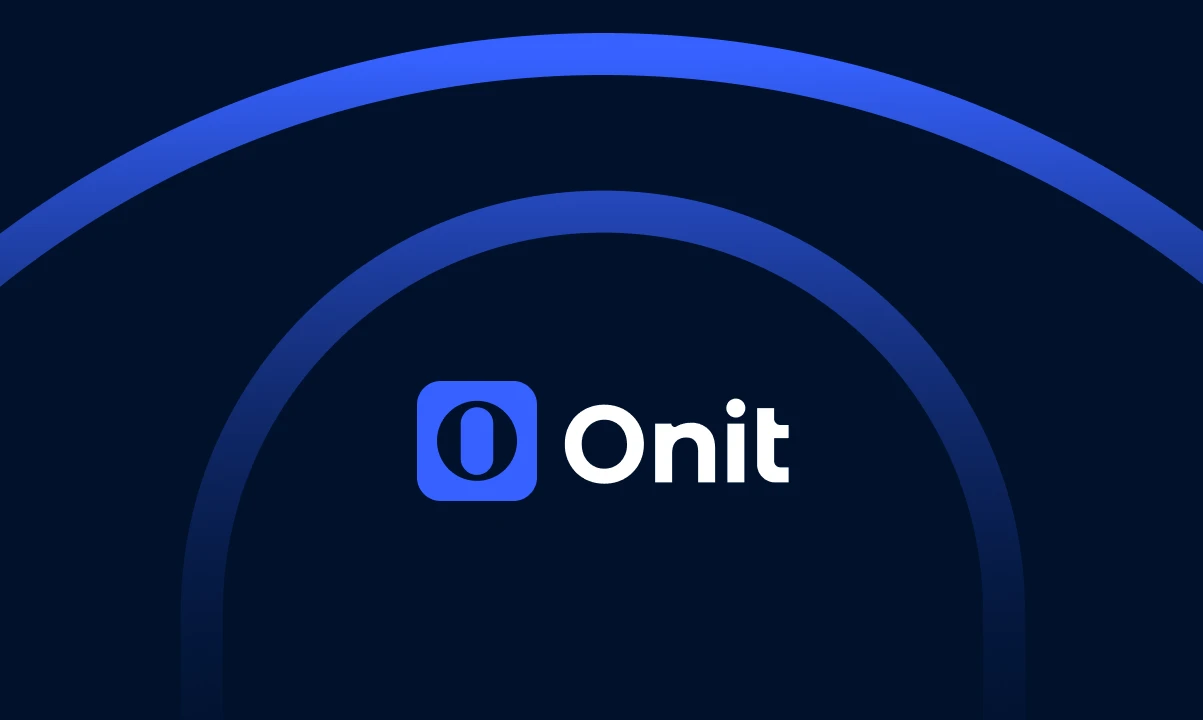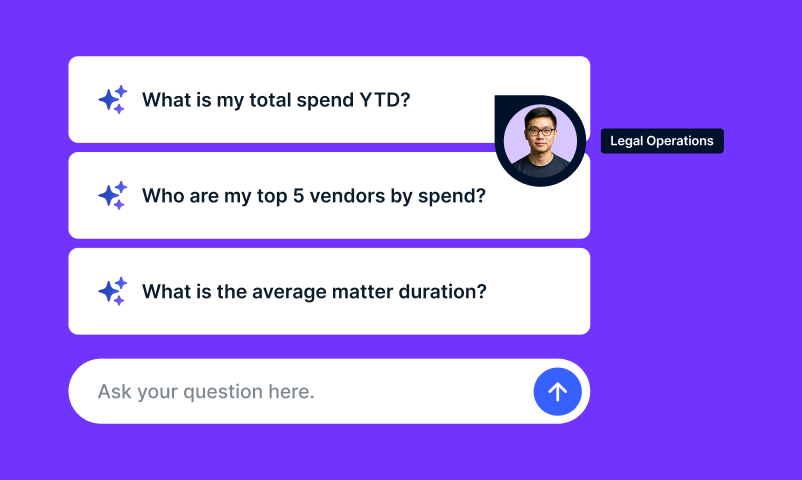Recently, Morae’s Managing Director Bret Baccus and Onit’s Senior VP of Strategy and Growth Brad Rogers sat down for a wide-ranging discussion (view the full conversation here). As part of the conversation, they discussed the best ways legal ops can start to bring value to the overall organization. Hear their thoughts on this issue in this edited excerpt.
Getting started
BRAD: Bret, we’re talking to many legal departments with various sizes, levels of experience, and types of clients. Many folks want to get started on the legal ops journey to help bring value to the organization. What is a good place to begin?
BRET: At Morae, we work with a wide range of clients — from experienced Fortune 50 companies to small departments at the beginning of the maturity model. When we think about where to start, one essential element is to ensure you have a legal operations lead who can help guide the organization through this journey. When we think about the maturity model, there are a ton of other things to consider — but making sure you have that strong legal ops support and lead is critical for getting started.
BRAD: What are some practical pointers for legal ops leaders new to the role? Perhaps they were a lawyer, paralegal, or change agent somewhere else in the company. How can they deliver this change or provide the future of law to the department?
BRET: Being that change agent is critical. Bringing in change management principles, no matter your role, is a great idea. For example, try working groups for different areas you need to address and tackle problems that way versus the traditional hierarchical approach to problem-solving. Effective change management automatically positions you as a change leader. If you are leading an initiative and putting together teams to successfully deliver on these initiatives, that will be a driver of positive change throughout the organization.
Delivering savings
BRAD: Determining where to start depends on what lever you are trying to move. One of those levers could be delivering savings. There are a couple of places with existing waste where you would not get a ton of resistance to implementing change. For example: what does our outside counsel spend look like now? If you can quantify in your prior spend that there are rules that are not being followed thanks to a lack of awareness or education, that’s easy money. Could that fund a successful transformation journey? It could add substantial savings on outside counsel and outside counsel spend management.
BRET: Outside counsel spend management is an entire, beneficial journey you can go on. You can even check if your outside counsel guidelines are up to date with industry best practices; for example, maybe you don’t pay for legal research invoices, but do you also not pay for legal research time? Have you updated not to include electronic transmissions? Those could lead to some savings.
However, the real savings around outside counsel time comes from examining the strategic alignment of work that comes in, along with the risk and complexity of the work that is coming in and putting in a program that aligns that spend to the type of firm needed. That’s one transformational aspect; instead of going to your default Am Law 50 or Am Law 100 firms, is there an opportunity to look at regional or boutique firms that provide the same quality of service when the risk is not the same?
In transforming the department as a new legal ops person, you can implement processes not as far along on the maturity model. Perhaps you have only annualized budgets in place for the legal department, and you can peel that onion back in legal ops and put it in place in conjunction with your ELM system budgeting based on matter spend thresholds, breaking that down by timekeeper level and other things, and putting in place review levels of the matters. With that alone, we’ve seen savings between 2% to 5% just by implementing standardized budgeting at a more granular level within the department.
Utilizing data to gain insights
BRAD: If you’re a legal ops leader with a new mandate or an opportunity to drive savings in their legal organization in the legal department, one way to start is “inventing data,” I’ll call it. If you can’t go into a system and get data one way, try surveying your lawyers and asking how they allocate their time towards different areas of legal specialties. You can take those fractional amounts of time they spend on specific tasks, get a data set, and look for insights.
Are there areas of practice we could do something different with more modern methods that could free up lawyers to do additional work, lower our costs, or deliver even more sophisticated law through engaging an outside partner?
BRET: I couldn’t agree more. It’s a great place to start. Over the last couple of years, the trend has been more insourcing of specialized work; because more departments have more of that spend data, they’re able to look and get insights. Data privacy is a good example. How much are we spending on data privacy in a given year? How many different firms or locations do we have that spread across? That’s just one example. Over the last three or so years, more insourcing of specialty work has been occurring by utilizing departments’ spend data.
BRAD: Have you seen opportunities where someone could get started on understanding the flow in the front door and how they might take that data and do something with it that is impactful?
BRET: Absolutely. So, we are considering what I call legal service request intake and how we manage and think about that. The answer is yes. This is an area where more departments are beginning to look at how they intake work into the department — what does the volume look like, and how do they intake it? You can start that process. As a new legal ops person, you can begin by determining whether you’re tracking your internal matters.
Before you go to a legal service request, are you utilizing your matter management system to track matters used for external work and all the legal department work? Are you examining the service or value provided to the department not just in terms of contracts and commercials but the corporate support and potentially IP support, everything the department’s doing for the business? That’s where I would start first: are you currently tracking the system or the data? Then I’m excited to talk about how we can bring value to the department and the business regarding where that intake begins.
Click here to view the entire conversation between Bret and Brad.




